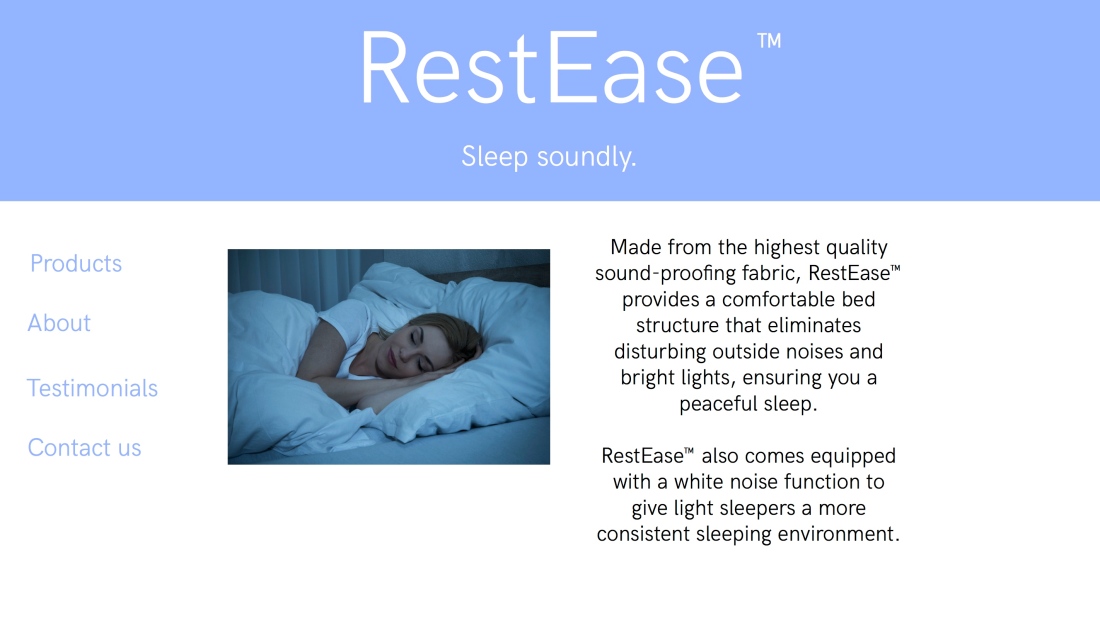When brainstorming for prototype ideas, I examined the main issues that members of our group’s 2050 society would face. A significant problem that was apparent for those in the scenario was a consistent lack of sleep, as the deregulation of workplaces and the 40-hour workweek left many people working from home. This, partnered with the even more immersive nature of personal technology and many companies operating across multiple time zones, has led to many people being unable to switch off from work and achieve a successful balance between work and rest.
To ameliorate this issue, I developed a prototype to create a more peaceful sleeping environment for those whose lifestyles provide a struggle to define clear boundaries between work and rest. I decided that I wanted to create an object for the home environment, though this was not the initial path I took in my process.
Some early ideas in my process related to addressing homelessness or shelters; however, I moved away from this theme because I found it wasn’t particularly relevant to our scenario. Though homelessness would definitely still be an issue in 2050’s Sydney, I thought it would be more effective to address an issue prevalent to the suburban family we imagined in our scenario. One of the main figures in our scenario, David, works from home with an international corporation and struggles with sleep due to his erratic work hours, often corresponding with clients across time zones. David acted as a target audience for my prototype.
I chose to make a curtain for a bed that would cancel outside noises. This took the form of an inner framework installed around the bed, with a lightweight soundproofing fabric draped from it that would seal on one side. I researched soundproofing materials and found that an effective means was to seal wadding between two sheets of fabric in a quilted lattice, which muffles outside sounds and gives more options for the style and weight of the outer fabric. The structure and curtain would be available to fit any size bed, though it would likely be more suited to singles than couples that share a bed.
To enhance the efficacy of the prototype I chose to install a speaker within the inner framework of the structure, which would give users the option of playing white noise to help them sleep. Many people may struggle with falling asleep to total silence as much as to background noises, particularly light sleepers. Looking into the idea behind white noise as a sleeping aid, I found that it acts as a mask for irregular background noises. As a “consistent noise that comes out evenly across all frequencies” (Lecher, 2014), white noise creates a blanket effect for the sudden changes in noise that occur in the night. In my prototype, I applied this as an optional function so that users have the choice of silence or consistent sound at varying volumes.
In order to make my prototype more believable as a product, I imagined it from the perspective of an advertiser. I chose the name “RestEase” for the product to evoke a comforting nature, and mocked up a website interface as a promotional accompaniment for the item. I created the prototype using simple materials including wire as the bedframe structure and thin blue material as the curtain, though the product would be available in a variety of colours to suit people’s sleeping environments and preferences.

References
Lecher, C. 2014 “FYI: Why Does White Noise Help People Sleep?”, Australian Popular Science, accessed 11/10/2017 <http://www.popsci.com.au/science/fyi-why-does-white-noise-help-people-sleep,380756>
2015 “Sleep soundly night and day: Two ways to soundproof your bedroom”, IKEA, accessed 11/0/2017 <http://www.ikea.com/au/en/ideas/201542_idbe01a/>


I love this product, would totally actually buy it now.
LikeLike
Imagine what my my prototype Shush and RestEase would be like if they joined forces! Double sound cancellation!?
LikeLike